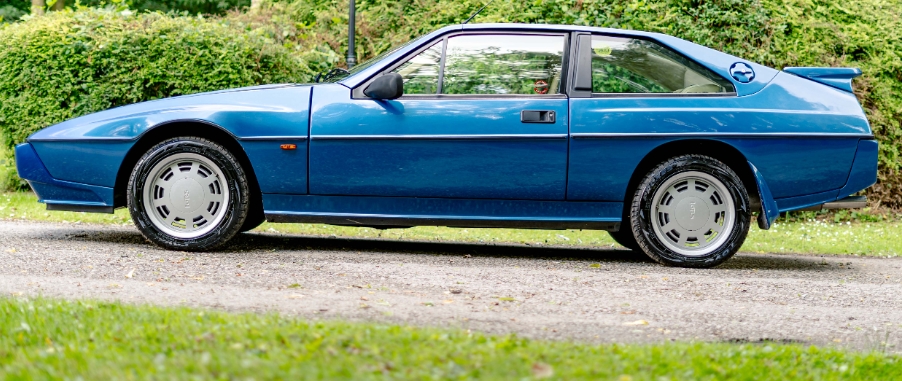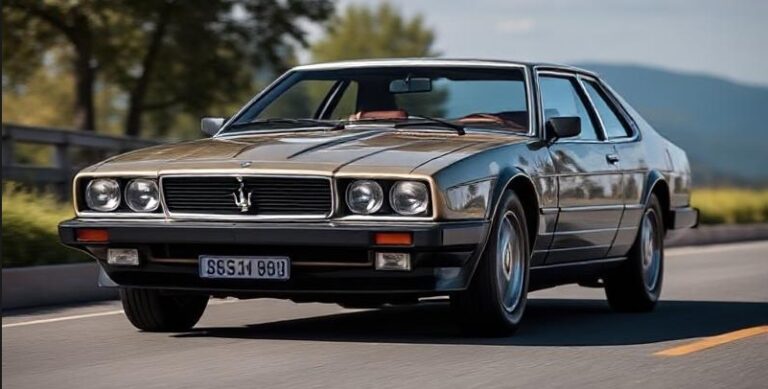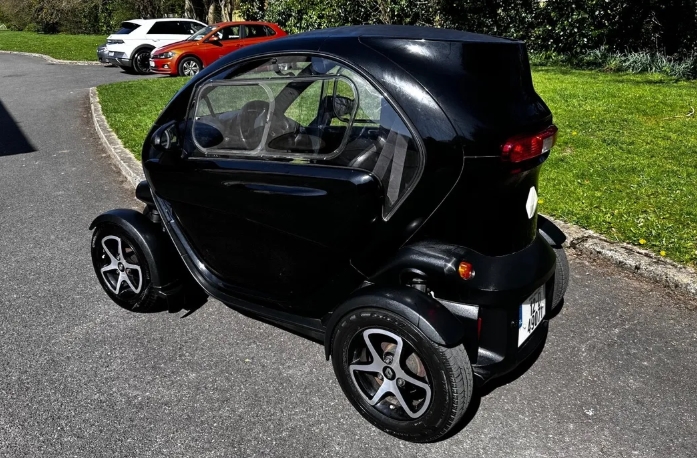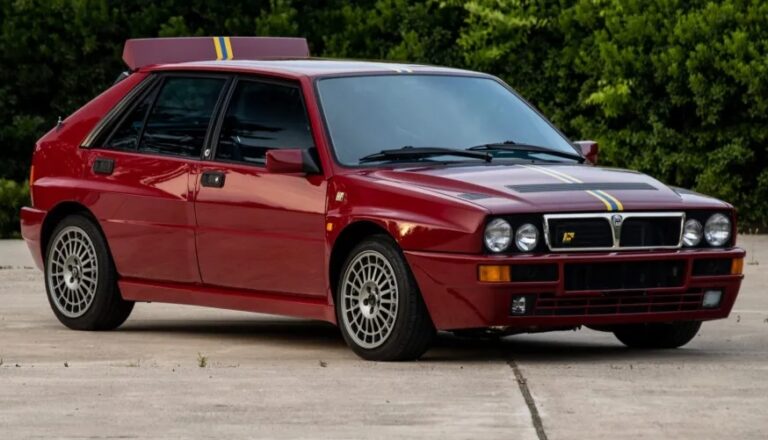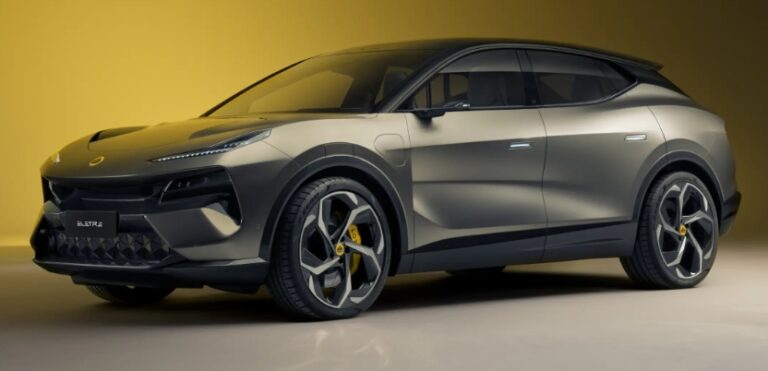The Evolution of the Lotus Excel
The Lotus Excel stands as a notable chapter in the British automaker Lotus Cars’ history, embodying the brand’s commitment to lightweight engineering, sporty performance, and innovative design throughout the late 20th century. Produced during a relatively brief period, the Lotus Excel’s journey from inception to discontinuation reflects broader trends in automotive design and engineering, as well as Lotus’s dedication to creating distinctive, high-performance vehicles.
Introduction and Background
Launched in 1982, the Lotus Excel was developed as a successor to the Lotus Elite and was positioned as a luxury grand tourer that combined sporty dynamics with comfort and style. It was built on the same chassis and mechanical platform as the Lotus Eclat, which itself was derived from the Lotus Elite (Type 75).
The Excel was produced in Hethel, Norfolk, England, and remained in production until 1992. Over this decade, it gained recognition for its sleek design, innovative features, and light weight, all hallmarks of Lotus’s engineering philosophy.
Production Timeline and Key Milestones
| Year | Production Period | Notable Features / Changes |
|---|---|---|
| 1982 | Introduction of the Lotus Excel | Debuted as a luxurious, high-performance grand tourer. |
| 1986 | Facelift and updates | Minor styling tweaks, improved interior, and mechanical refinements. |
| 1990 | Final model year | Last production run, with minimal updates. |
| 1992 | Discontinuation | End of Excel production, replaced by the Lotus Esprit and other models. |
Development and Design Origins
The Lotus Excel was unveiled at the 1982 Geneva Motor Show. It was engineered to be a refined grand tourer, blending Lotus’s lightweight philosophy with increased comfort and luxury. Designed by Peter Stevens, who also designed the iconic Lotus Esprit, the Excel featured a sleek, wedge-shaped profile, with a distinctive glass hatch at the rear that allowed for better cargo access and a modern aesthetic.
The car shared its chassis and mechanical components with the Lotus Eclat, which was itself a refinement of the Lotus Elite (Type 75). The platform was notable for its backbone chassis construction, lightweight aluminum body panels, and a focus on reducing weight without sacrificing structural integrity.
Powertrain and Performance
The Lotus Excel was powered exclusively by a 2.2-liter four-cylinder engine, which was an evolution of the Lotus 912 engine series. The engine was mounted transversely, paired with a five-speed manual transmission as standard, although some models were available with a three-speed automatic transmission.
Engine Specifications:
- Type: 2.2-liter four-cylinder (Lotus 912 engine)
- Power Output: Approximately 160 horsepower
- Torque: Around 160 lb-ft
This powertrain enabled the Excel to achieve a 0-60 mph time of around 7.5 seconds and a top speed approaching 140 mph, which was respectable for a grand tourer of its era.
Models and Trim Levels
Throughout its production run, the Lotus Excel was offered primarily in a single trim level, but there were variations and special editions that catered to different markets and customer preferences.
1. Standard Lotus Excel (1982–1992)
The base model came well-equipped with features such as leather upholstery, power windows, air conditioning, and a premium Blaupunkt stereo system. The exterior featured subtle styling enhancements over its predecessor, the Lotus Eclat, including revised bumpers and front grille.
2. Excel SE (Special Edition) / Upgraded Models
While Lotus did not officially designate a “SE” or other trim levels during the Excel’s production, some models featured optional upgrades or dealer-installed packages, including:
- Enhanced Audio Systems: Upgraded stereos and speakers.
- Luxury Packages: Leather interior options, wood trim, and upgraded upholstery.
- Performance Enhancements: Some owners and tuners installed modifications such as improved exhausts or suspension upgrades.
3. Limited Editions and Market Variants
Although the Excel was primarily a standard model, certain markets saw limited editions or configurations:
- UK Market: Typically offered the standard trim with optional luxury features.
- North American Market: Due to import regulations and market preferences, some Excel models featured different emissions equipment and minor specification variations, but no officially designated trim levels.
Notable Features and Innovations
The Lotus Excel was known for several innovative features that distinguished it from other grand tourers of its time:
- Glass Hatch: The rear hatch was made of glass, providing better visibility and allowing for easier access to the luggage compartment.
- Lightweight Construction: Extensive use of aluminum and fiberglass kept the weight down, contributing to agile handling and fuel efficiency.
- Advanced Suspension: Independent suspension with wishbones provided excellent ride quality and handling precision.
- Aerodynamic Design: The wedge-shaped profile and low drag coefficient improved high-speed stability and fuel economy.
Evolution and Updates
During its decade-long production, the Lotus Excel saw only minor updates, primarily aimed at refining existing features rather than complete redesigns.
1986 Facelift
In 1986, Lotus introduced a facelift for the Excel, which included:
- Slightly revised front and rear bumpers for improved crash protection and aesthetics.
- Interior upgrades, including better materials and updated dashboard instrumentation.
- Mechanical improvements such as refined suspension settings and minor engine tuning for better performance and reliability.
- Enhanced safety features like anti-lock brakes (available as an option).
Late 1980s to Early 1990s
By the late 1980s, the Excel remained largely unchanged mechanically, but Lotus continued to offer optional upgrades, such as:
- Premium audio systems.
- Leather upholstery packages.
- Alloy wheel upgrades.
In 1990, the final model year, Lotus made minimal changes, primarily focusing on maintaining build quality and customer satisfaction.
.
You’ve got that cool car, but is it resting in its own cool place?
It’s visually pleasing for the surrounding areas outside of your home to look as awesome as what’s stored inside your garage! If you desire a truly inspirational environment, you should check into these plans!

.
Discontinuation and Legacy
Production of the Lotus Excel concluded in 1992 after approximately 2,600 units had been built. Its discontinuation was part of Lotus’s broader shift in focus toward the Esprit and other models, as well as changing market conditions.
Despite its relatively short production span, the Excel remains highly regarded among enthusiasts for its blend of sporty performance and luxury features, as well as its distinctive design. Its lightweight construction and agile handling continue to be appreciated by classic car collectors and Lotus aficionados.
The Lotus Excel in the Context of Lotus’s History
The Lotus Excel exemplifies Lotus’s philosophy of creating lightweight, innovative vehicles that emphasize driving purity. While it was not as revolutionary as some of Lotus’s other models like the Elise or Esprit, the Excel fulfilled a niche for a stylish, comfortable grand tourer with the brand’s characteristic performance and engineering integrity.
Its production timeline reflects the company’s strategy during the 1980s and early 1990s—focusing on niche markets and refining existing designs rather than pursuing rapid model proliferation. Today, the Lotus Excel is considered a classic example of British automotive craftsmanship, blending performance, luxury, and innovative design.
Conclusion
The Lotus Excel’s evolution from its debut in 1982 to its discontinuation in 1992 highlights a period of steady refinement and dedication to lightweight, driver-focused engineering. With a total production of approximately 2,600 units, it remains a sought-after collector’s item, appreciated for its sleek design, innovative features, and the quintessential Lotus driving experience.
While it did not undergo drastic generational changes, the Excel’s consistent qualities and distinctive character have cemented its place in the pantheon of classic British sports cars. As an embodiment of Lotus’s commitment to performance and innovation, the Excel’s legacy continues to influence the brand’s philosophy and inspire automotive enthusiasts worldwide.
